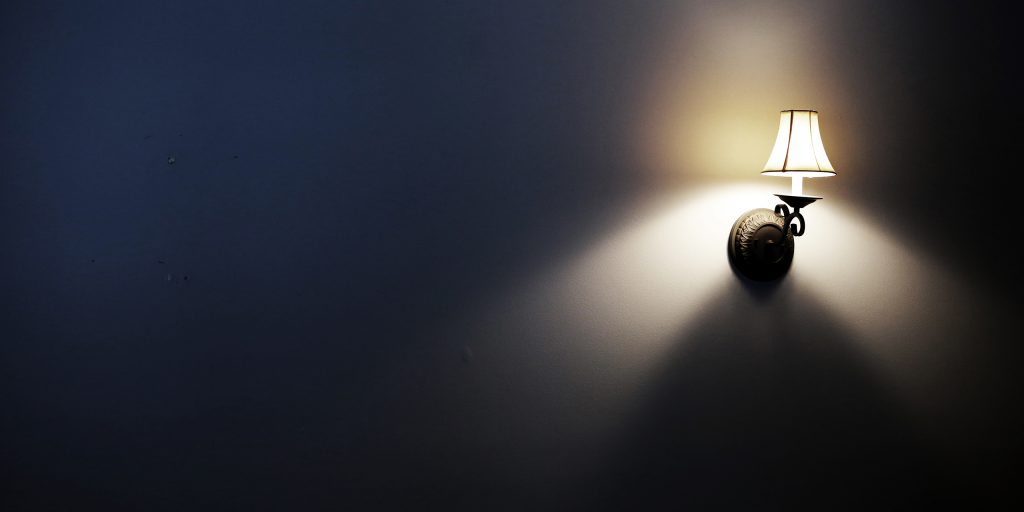
Articles
SleepScore at the ATN Innovation Summit 2025: Why Sleep Drives Everything
Reimagining The World of Sleep SleepScore Labs was proud to take part in the ATN Innovation Summit 2025, an elite gathering…
Introducing SleepScore
We deliver accurate data, actionable insights, personalized coaching and proven outcomes your customers need.
Sleep Insights
Last Published on 3rd June 2025 by SleepScore Labs

Summertime brings beach days and pool outings, but also warmer weather and longer days. In fact, the longest day of the year lands on June 21st! Do these long days with increased temperatures impact sleep? It’s probably no surprise that the answer is yes.
In this article, we’ll explore how temperature and light mix with sleep, and how you can create a bedroom environment with the ideal sleeping temperature and optimal light for maximum sleep.
Our internal clocks are set based on the rising and setting of the sun. This is known as our circadian rhythm, and it’s the basis for why we feel awake and tired at the same times every day. The human race had no issues with sleep schedules until the invention of the light bulb. From then on, our ability to lengthen “daylight” meant the end of easy, natural sleeping. Our bodies produce melatonin as it grows dark outside, and our body slowly eases into sleepiness. But with lights in our houses, as well as light emitted from our mobile devices, our bodies have a hard time determining when it’s truly bedtime.
Research continues to show that exposure to light in the evening—especially artificial or blue-spectrum light—can significantly delay melatonin production and disrupt sleep cycles (Gooley et al., 2009).
Temperature also plays a role in our natural process of going to sleep. As our brains produce melatonin, our bodies respond by becoming (on average) a degree or two colder. Scientists have learned that trying to sleep when you’re too cold or hot can be difficult because our bodies crave a certain ideal temperature for sleep.
Recent studies suggest that the ideal bedroom temperature for optimal sleep quality lies between 60°F and 67°F, though some sources extend the upper end of that range slightly to 77°F depending on individual variation and age-related needs (Psychology Today, 2025; The Brighter Side of News, 2025).
So, as night falls, our brains cue us to feel tired and the body temperature decreases as the metabolism slows. That means it should be easy enough to enjoy a good night’s sleep, yet millions of us don’t. Why not? Scientists point to our love of all things electronic.
Light is never just “light.” It has lux, lumen, and wavelengths, and each of them can interfere with good sleep. Let’s look at lux and lumen. The latter is “a measurement of light intensity or brightness, also known as radiance, at the source of the light itself.” On the other hand, lux uses lumen values but also looks at the impact that light has on the space around it.
Standard lux readings in a home are around 300-500, but in the evening and during the hours before bed, it should be less than 180. After you turn out your lights, it should not be more than 5 lux. In fact, studies show that even light levels above 3 lux can negatively affect melatonin and increase chronic health risks such as diabetes and insomnia (University of Manchester, 2022).
Blue light, according to Harvard Medical School, “is beneficial during daylight hours because they boost attention, reaction times, and mood—seem to be the most disruptive at night… While light of any kind can suppress the secretion of melatonin, blue light at night does so more powerfully” (Harvard Health Publishing, 2023).
It makes sense that something promoting alertness would interfere with melatonin, the hormone responsible for winding the body down before bed. Our smartphones and electronic devices emit blue light, making it harder than ever to wind down naturally.
Fortunately, there are a few ways you can avoid the problems associated with blue light. Many modern smartphones include blue light filters or night modes, and there are apps or screen protectors to reduce blue light exposure. The best practice is still to power down all electronics at least one hour before bed, which also supports mental relaxation before sleep.
Emerging research even suggests that the timing and dosage of blue light can be leveraged positively in older adults to reset sleep rhythms—so it’s not all bad, just misused in the wrong context (ScienceDaily, 2025; New York Post, 2025).
Finding great sleep even amidst summer conditions is challenging, but we have a few suggestions that can help:
Understanding how light and temperature affect your sleep is the first step—knowing how to act on that information is where SleepScore comes in.
With the SleepScore app and ecosystem, you can:
Every feature is backed by science and designed to empower your sleep health—one night at a time. Discover how optimizing your environment can help you get deeper, more restful sleep year-round with SleepScore.
Sleep Well!